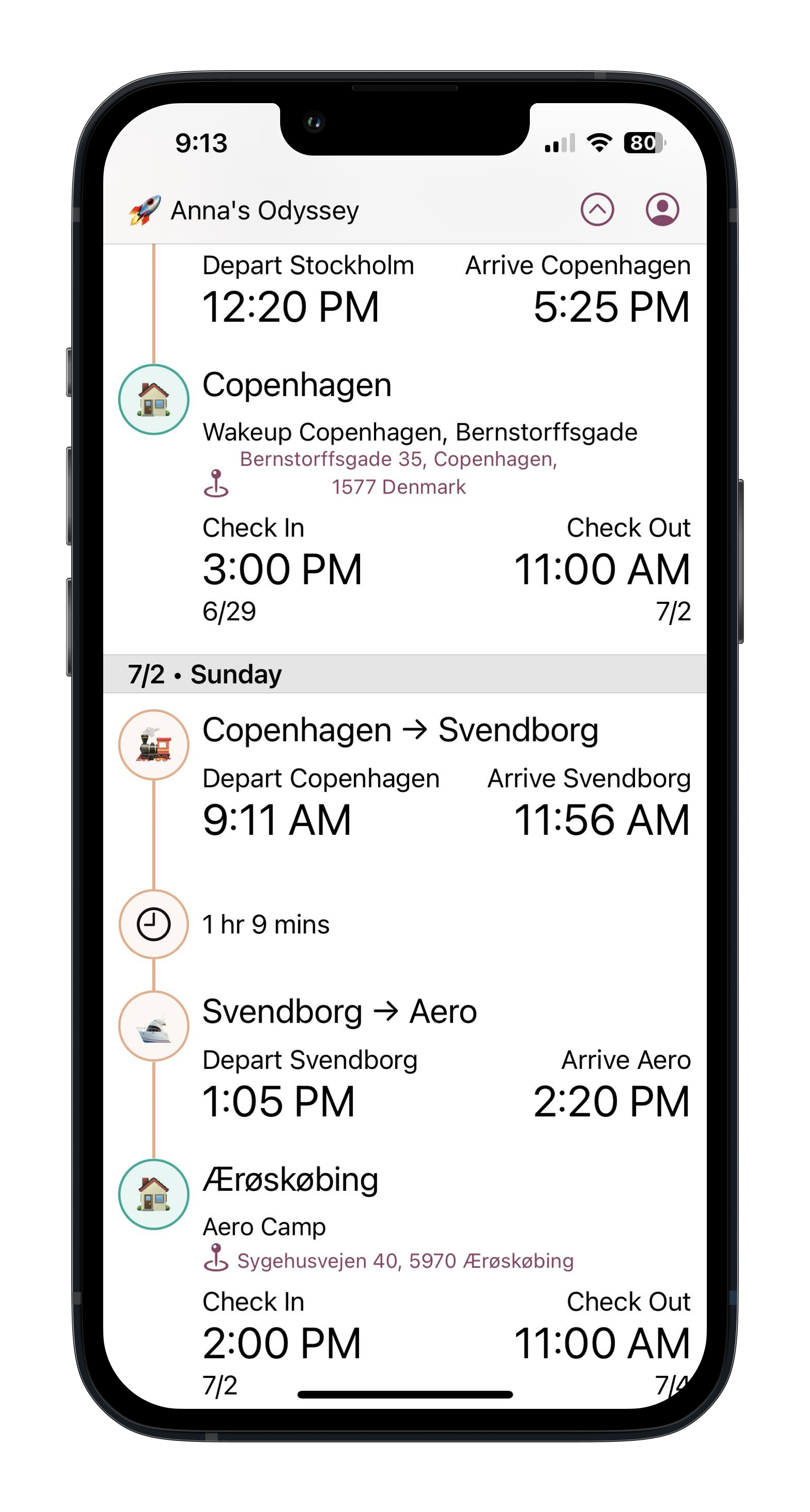About Me
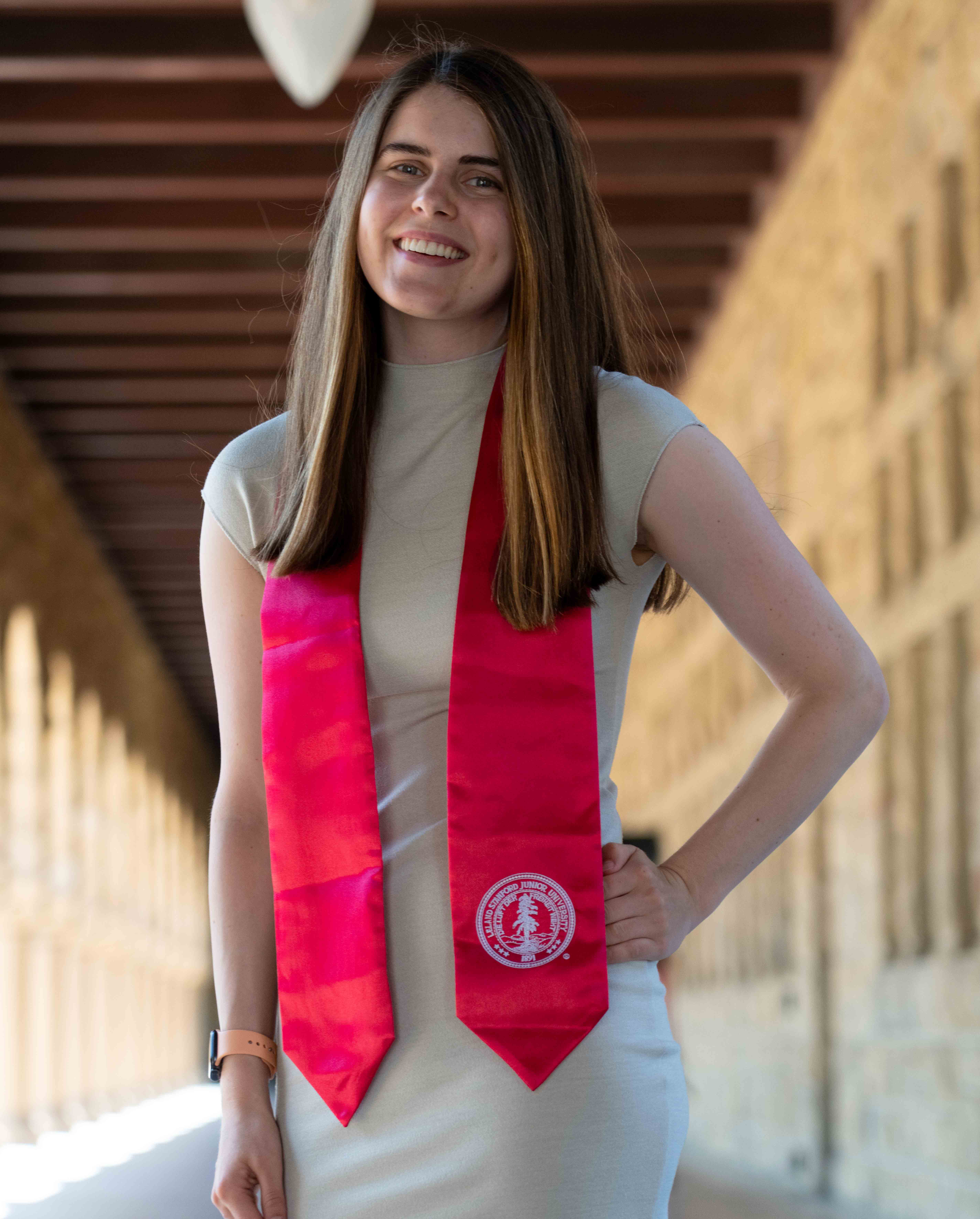

While working at Tidepool on the Loop development team, I created the therapy settings acceptance flow with SwiftUI to allow users to review their prescribed therapy settings and edit them if needed. The patient inputs their prescription information, then the flow fetches the settings from the Tidepool backend and presents them to the user, along with educational information.
During my time on the team, I also developed comprehensive high-level tests for the Loop algorithm and created new SwiftUI components for the Tidepool Loop Watch app. Tidepool Loop received FDA approval in January 2023.
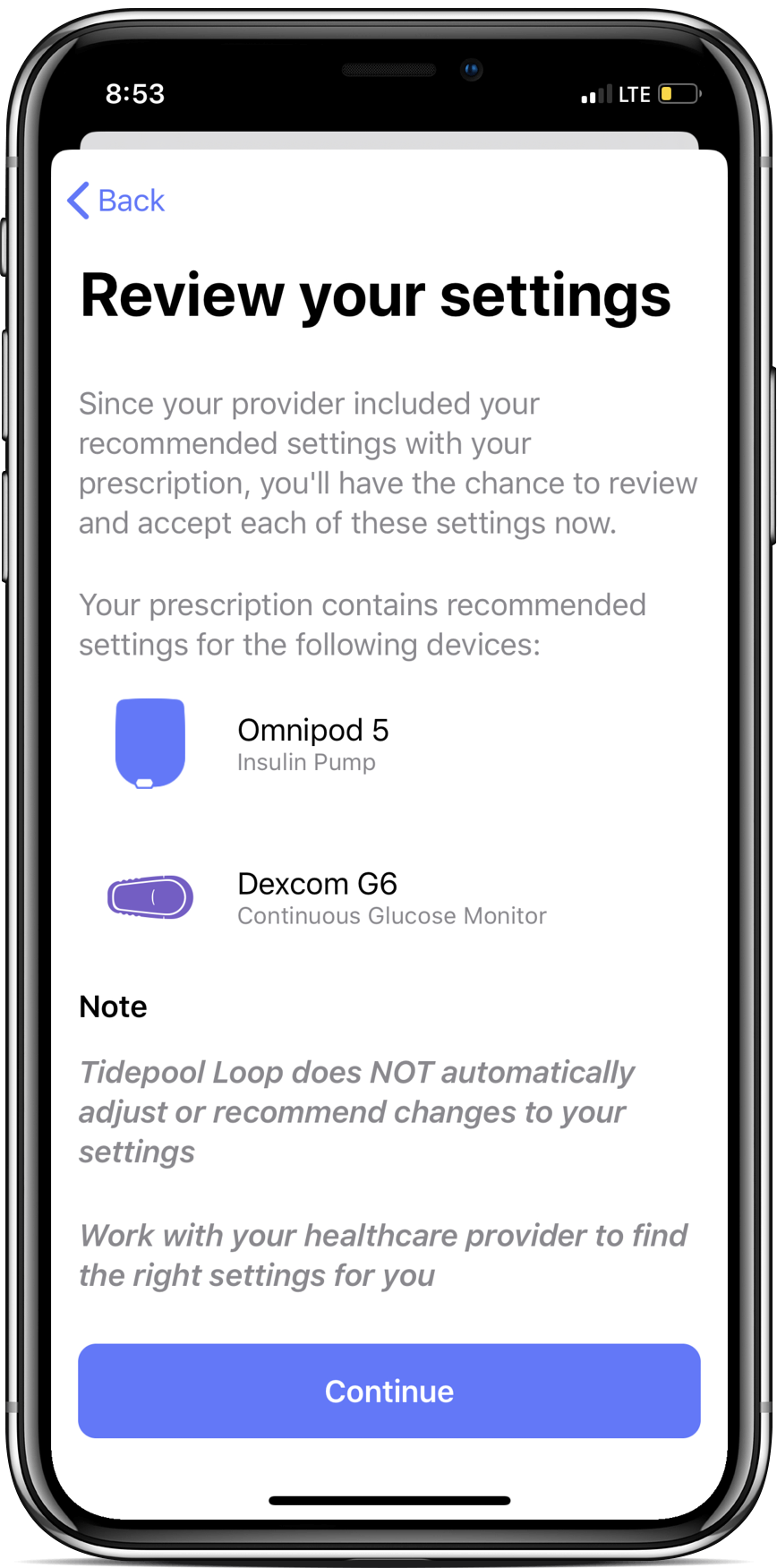
As an intern on the Azure Mobile team at Microsoft, I developed an in-app support experience to allow users to see recent support requests, updates, and details. I collaborated with the design and product teams to define the feature plan and designs, and then built the feature from ground-up, including the backend data fetch components and native iOS and Android user interfaces. I worked closely with the Azure Support REST API team to implement and ship a 660% performance improvement to the API, which significantly reduced load times and improved the user experience.
Both the feature and the API improvements were successfully deployed and are currently live for all Azure users - download the Azure Mobile app on Android or iOS to see the feature for yourself!

Loop is an open-source iOS app that automatically adjusts insulin delivery to make it easier to live with diabetes; it has a branch, Tidepool Loop, that is FDA approved and that I have also worked on. I’ve contributed to the app since 2019, adding new features like missed meal detection, improved accessibility for VoiceOver users, an optimized Apple Watch complication allotment algorithm that increased the complication’s refresh rate by 17%, Siri capabilities, and developer tool enhancements.
One of largest features I’ve contributed has been the ability to use multiple types of insulin at the same time, a first for any automated insulin delivery system. I developed this feature from start to finish, from designing the data model and user interfaces to ensuring the final product was accessible and correctly localized in the app’s 18 languages. With this feature, I had the opportunity to work across the stack, making modifications to the app’s Core Data, HealthKit, UI, and cloud synchronization layers. Build the app to see these contributions for yourself!
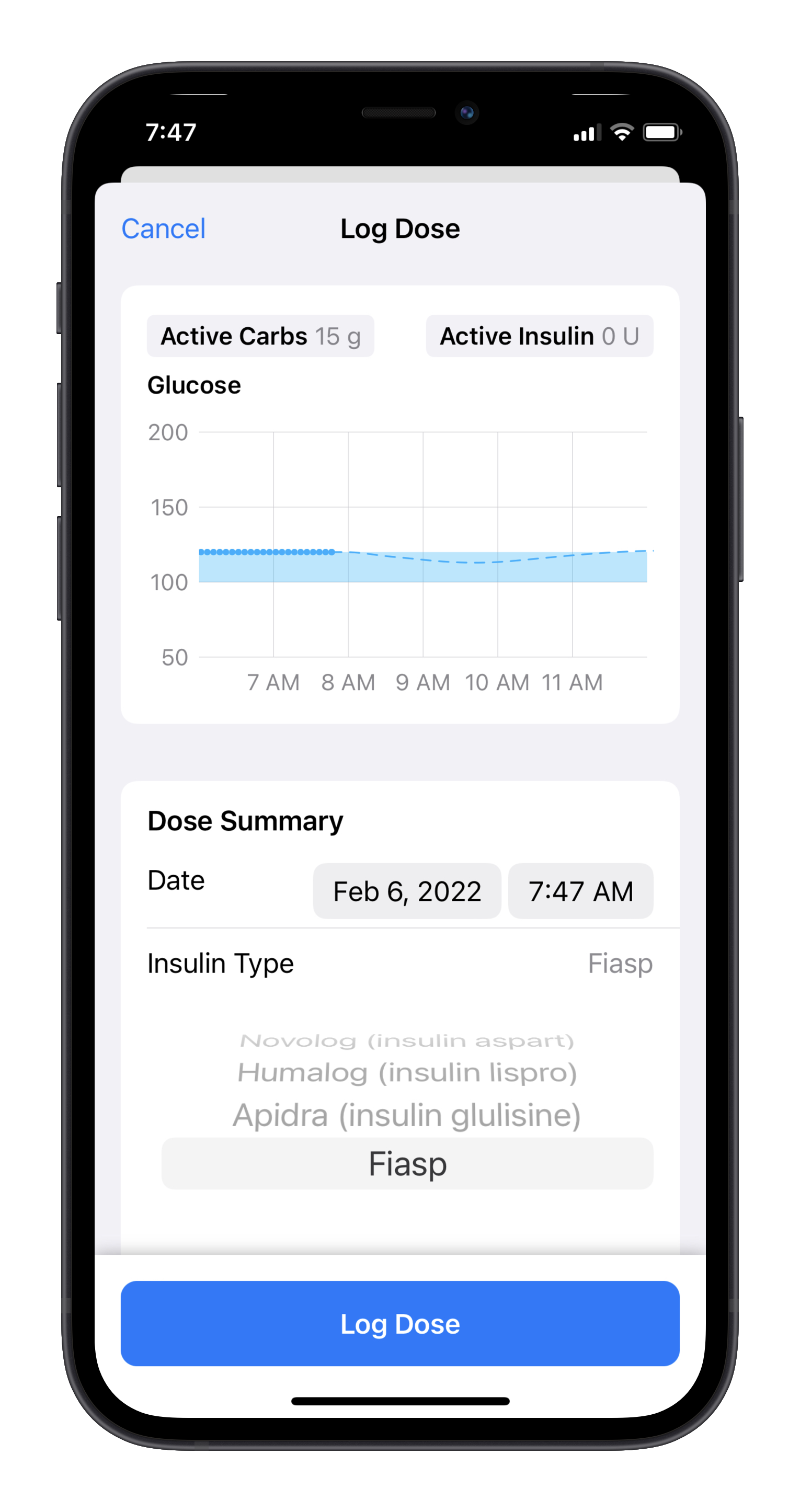
As my CS senior project, I contributed a novel missed meal detection feature to the Loop app. It’s easy to forget to log a meal, and making it easier to log these missed meals can improve patients’ quality of life and blood glucose management.
I developed the feature from start to finish in collaboration with patients, clinicians, and the open-source community. I first worked to understand user needs, then searched the literature to understand current algorithms and designed + validated a missed meal algorithm tailored for the Loop app. I also created user interfaces that balance minimizing user interaction with maximizing safety. Meals can be logged directly from the notification with as few as 3 taps in both the phone and watch apps, and the meal time and carbohydrate amount are autopopulated by the algorithm.
Take a look at the pull request for more algorithmic details, and build the app to see it for yourself!
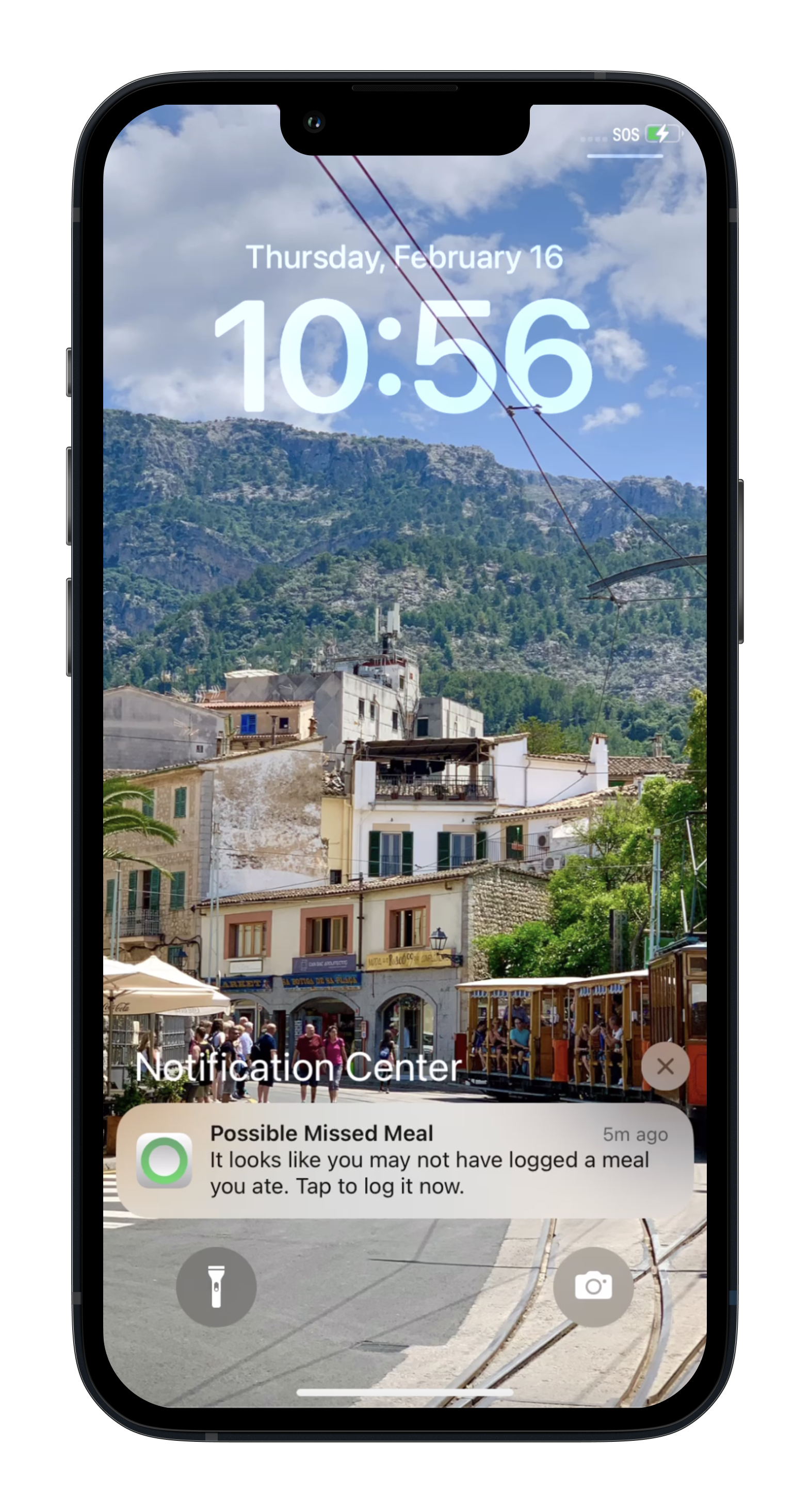
I’ve worked with Dr. Rayhan Lal at the Stanford School of Medicine on variety of diabetes technology research projects. I’ve created a first-in-class unsupervised learning algorithm to detect self-harm in patients with diabetes, investigated novel applications of insulin-curve modeling in automated insulin dosing systems, and generated new multi-factorial insulin pump settings equations based on observational data. During this research, I worked closely with members of the open-source diabetes community to translate my findings from the lab into software used by thousands of patients with diabetes.

I was lucky to do a 3-month Interrail after my college graduation, which involved a significant amount of logistics (think 58 cities, 19 countries, and 50+ trains). I couldn’t find an app that would let me visualize all of this information in a succinct and glanceable way, so I decided to build a little one of my own.
Odyssey is built with SwiftUI and uses the Google Sheets API to pull data from my spreadsheet with data for the trip. Apps tailored for traveling face unique challenges, like working across multiple timezones, handling international characters, slow connections, and time-pressed users; I tried to address these and also add helpful features, like easy confirmation code copy-paste and offline caching. The app was a great learning experience in using REST APIs and 3rd-party SDKs in a native iOS app, and Odyssey was handy while traveling.
